Article published: 9/5/24
The Future of Luxury | Insights from Our Community
The luxury market is undoubtedly at a crossroads. Consumer preferences are shifting, and traditional notions of exclusivity are being challenged. Navigating this shift lies in understanding the desires of our most valuable asset: the VAAN community.
We reached out to the vibrant community that has grown around our Luxury Report, asking for their thoughts on the shifting luxury market, the challenges it faces, and how brands can adapt to this evolving landscape.
It's amazing what happens when you make your email newsletter a two-way conversation
Xavier Armand
We were overwhelmed by the thoughtful feedback we received. Our inbox was flooded with insightful perspectives from brand owners, business executives, financiers, designers, and developers—each offering a unique view on the future of luxury retail.
Here, we present a curated selection of the most compelling insights shared with us:
Luxury as a Lifestyle
Luxury is no longer confined to standalone products; it now permeates every aspect of consumers’ lives. As Octavio noted, brands are increasingly offering a 360-degree experience that integrates into the daily lives of their customers. This trend is visible across industries—from luxury watchmakers like Jacob & Co. launching skyscrapers in Dubai, to Pagani, the hypercar manufacturer, venturing into luxury real estate with Pagani Residences in Miami. Luxury is no longer just about what you wear or drive; it’s about how every facet of life can reflect a luxury ethos, from the car you admire to a bathroom vanity inspired by its design.
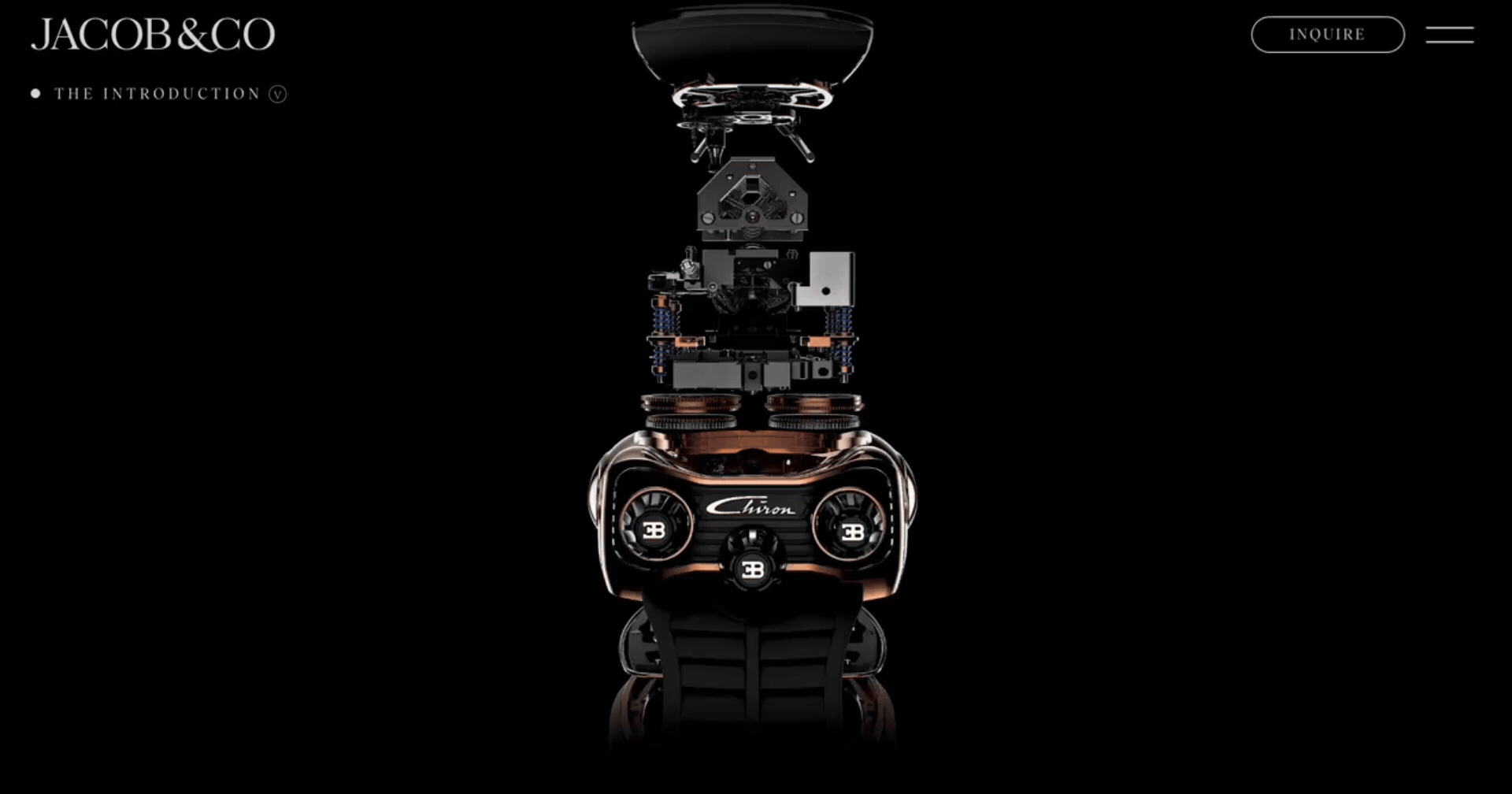 Jacob&Co, luxury watches
Jacob&Co, luxury watches
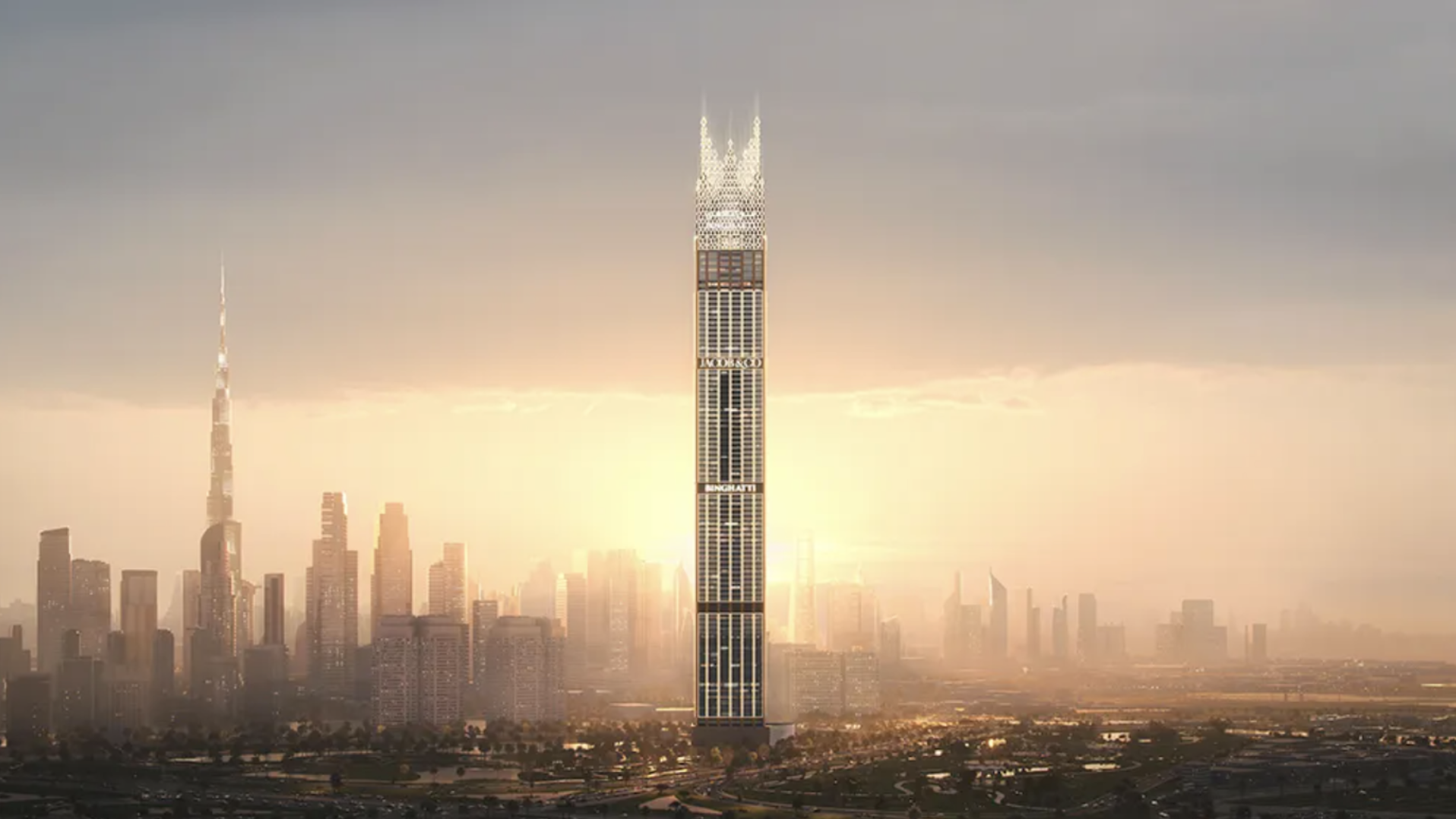 Burj Binghatti Jacob & Co Residences
Burj Binghatti Jacob & Co Residences
Octavio traces this shift to over a decade ago when brands like Gucci entered the luxury tableware market. Dolce & Gabbana’s Casa collection in 2021 further blended fashion with home furnishings, marking a new era where luxury brands offer holistic experiences that align with their values and aesthetics.
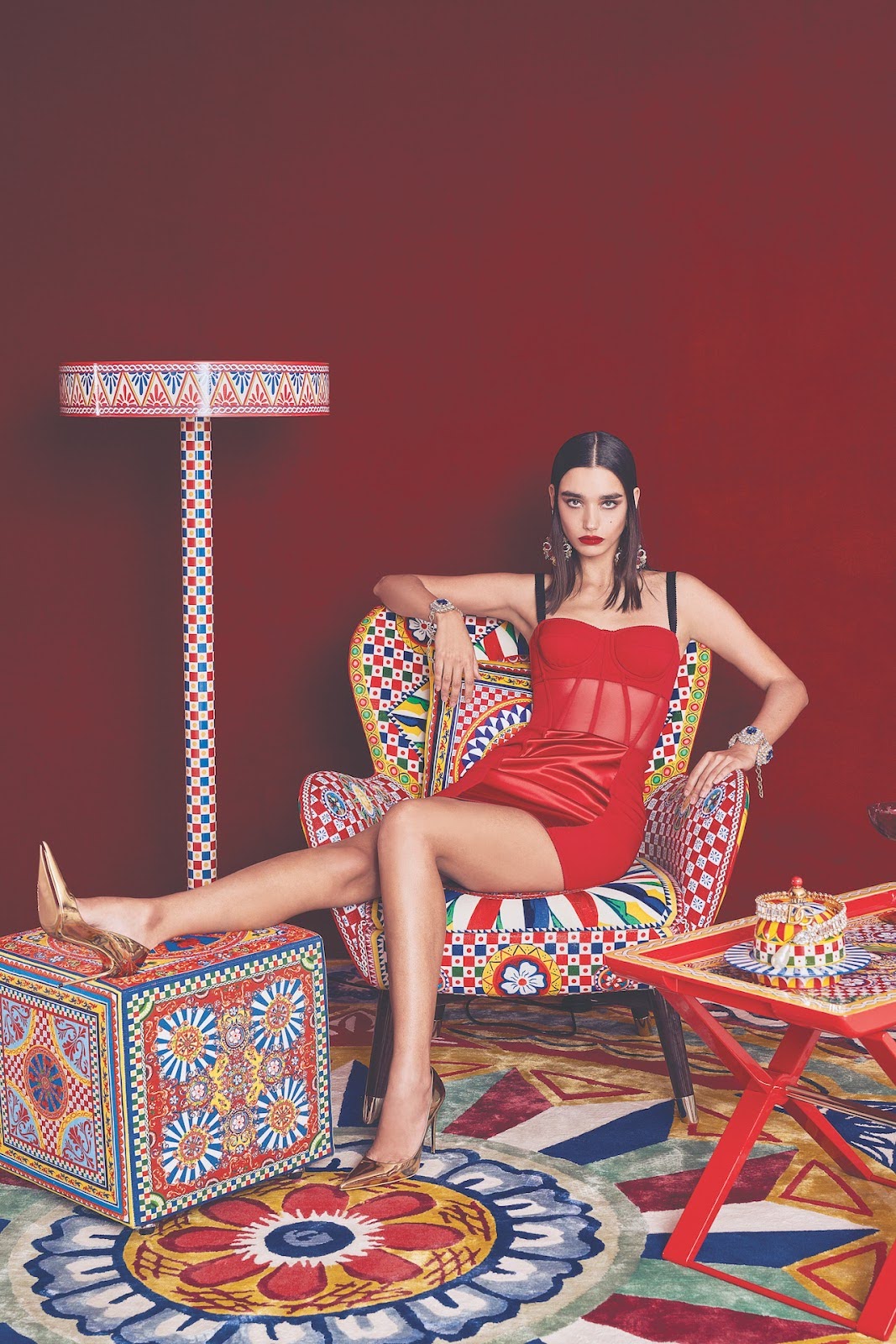 Dolce & Gabbana Casa 2021
Dolce & Gabbana Casa 2021
The Digital Dilemma
The digital age presents both opportunities and challenges for the luxury industry. While online platforms broaden reach, they also contribute to increased brand competition and clutter. Peng emphasized the importance of effective brand marketing and consumer education in a DTC-dominated landscape.
Traditional retail models have been disrupted, particularly with the decline of department stores, leaving gaps in the luxury ecosystem. Mia highlighted how the shift toward DTC models over the past decade has caused many luxury brands to lose their curatorial focus.The pressure for growth transformed department stores and multi-brand retailers into 'everything stores,' causing them to lose their unique perspectives. New players like Collagerie and Cult Mia are stepping in to fill this void, offering curated experiences that combine high and low-end products to cater to specific tastes.
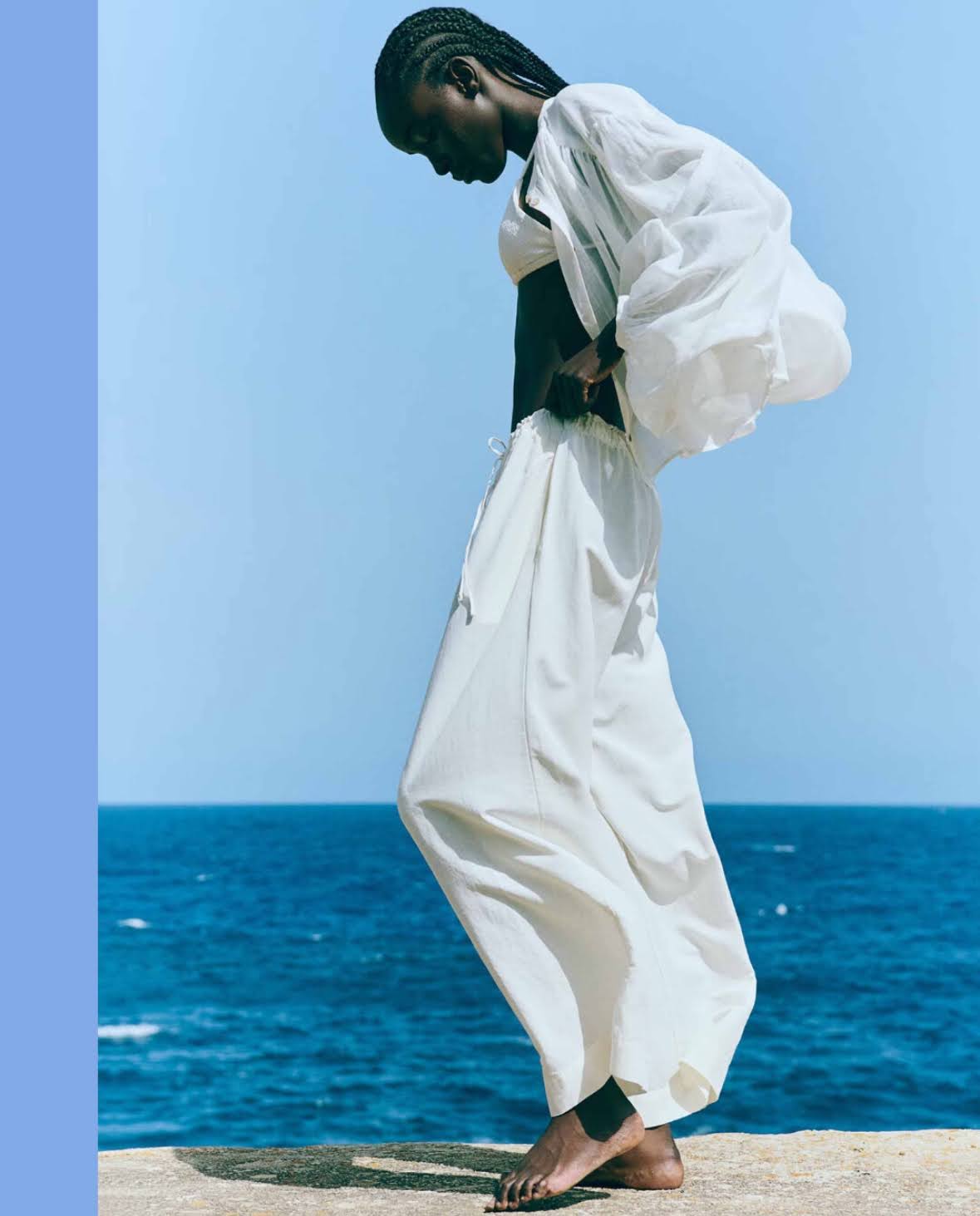 Collagerie
Collagerie
Adapting to Change
In today’s saturated market, adaptability and agility are essential for luxury brands. Success now hinges on specializing in niche areas and crafting unique experiences that resonate with targeted audiences. Bernice pointed out the innovative strategies luxury brands use to engage online audiences, including partnerships with social media influencers. For example, Loro Piana, renowned for its luxurious fabrics rather than its online presence, has collaborated with influencer Gstaad Guy to create engaging content and expand its reach.
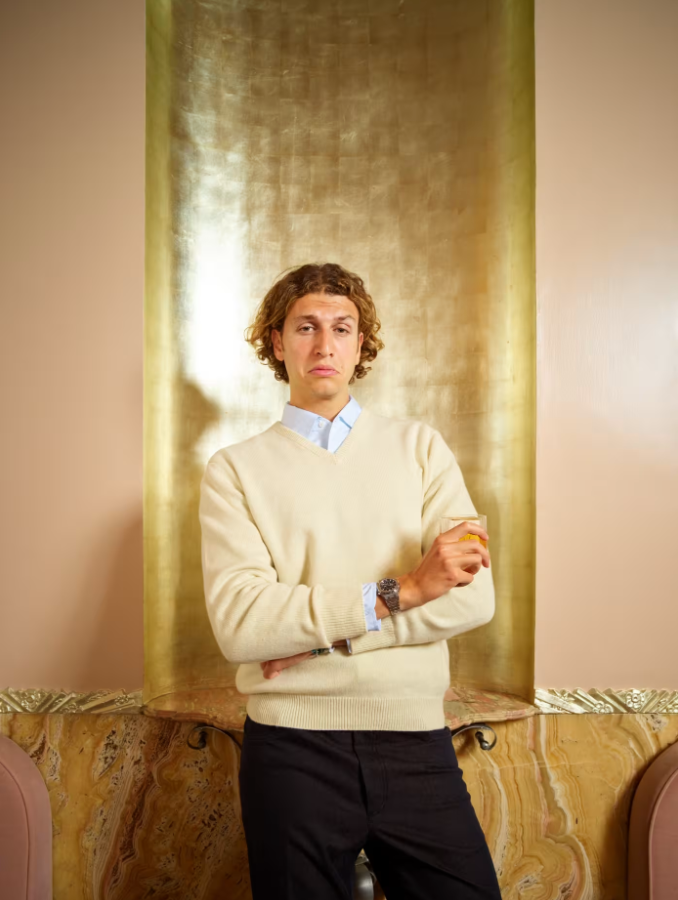
Gstaad Guy’s character in Loro Piana
Brands must also stay attuned to shifting trends and consumer attitudes. As Mia observed, the hyper-fixation on status symbols like Birkin bags has made certain brands appear "corny," devaluing their exclusivity and fueling demand for high-quality counterfeits. Brands that thrive are those with understated appeal, flourishing in the “if you know, you know” (IYKYK) space.
The Human Touch
While technology plays a significant role in shaping the luxury landscape, the human element remains at the heart of every successful brand. The team behind a luxury brand is vital in delivering experiences that embody its values. Employees who are passionate and deeply aligned with the brand’s mission are invaluable in crafting authentic luxury experiences.
As Taimur insightfully noted, the craftsmanship traditionally applied to physical luxury goods, such as trunks or timepieces, can also be applied to software engineering. This careful approach to digital products and AI interfaces allows luxury brands to innovate while staying true to their core values. Technology becomes a canvas for luxury expression, enabling creativity and consumer engagement.
Today’s consumers are more discerning and less impressed by brand names alone. Talel argued that luxury brands are evolving to stay relevant by crafting relatable narratives and adapting their business models. For instance, Hermes has humanized its brand through engaging storytelling on Instagram, while LV has ventured into experiential luxury with a hotel in Paris, appealing to younger consumers who value unique experiences over mere brand prestige.
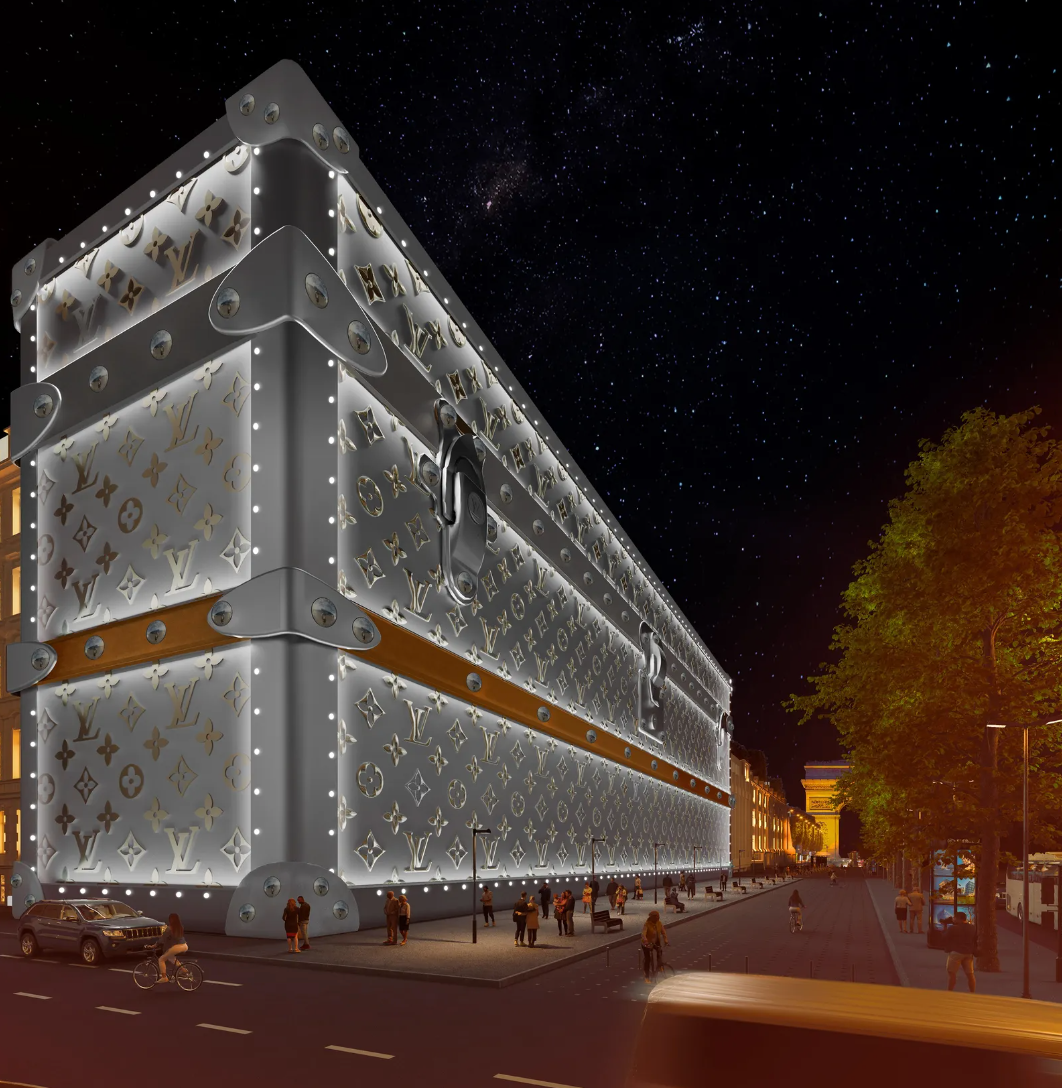 Louis Vuitton Paris Hotel coming 2026
Louis Vuitton Paris Hotel coming 2026
Conclusion
The insights shared by our community reflect a luxury market in transition—a landscape where the boundaries between physical and digital, product and lifestyle, are continually evolving. Luxury is no longer just about high-end products; it is about creating meaningful, immersive experiences that integrate into every aspect of consumers' lives. Whether through real estate ventures, digital innovation, or niche curation, luxury brands are finding new ways to express their identity while staying relevant in an ever-changing world.
In this era of luxury as a lifestyle, where the digital and physical worlds converge, the human touch remains central—ensuring that, despite market shifts, luxury will always be defined by authenticity, craftsmanship, and a commitment to the extraordinary.